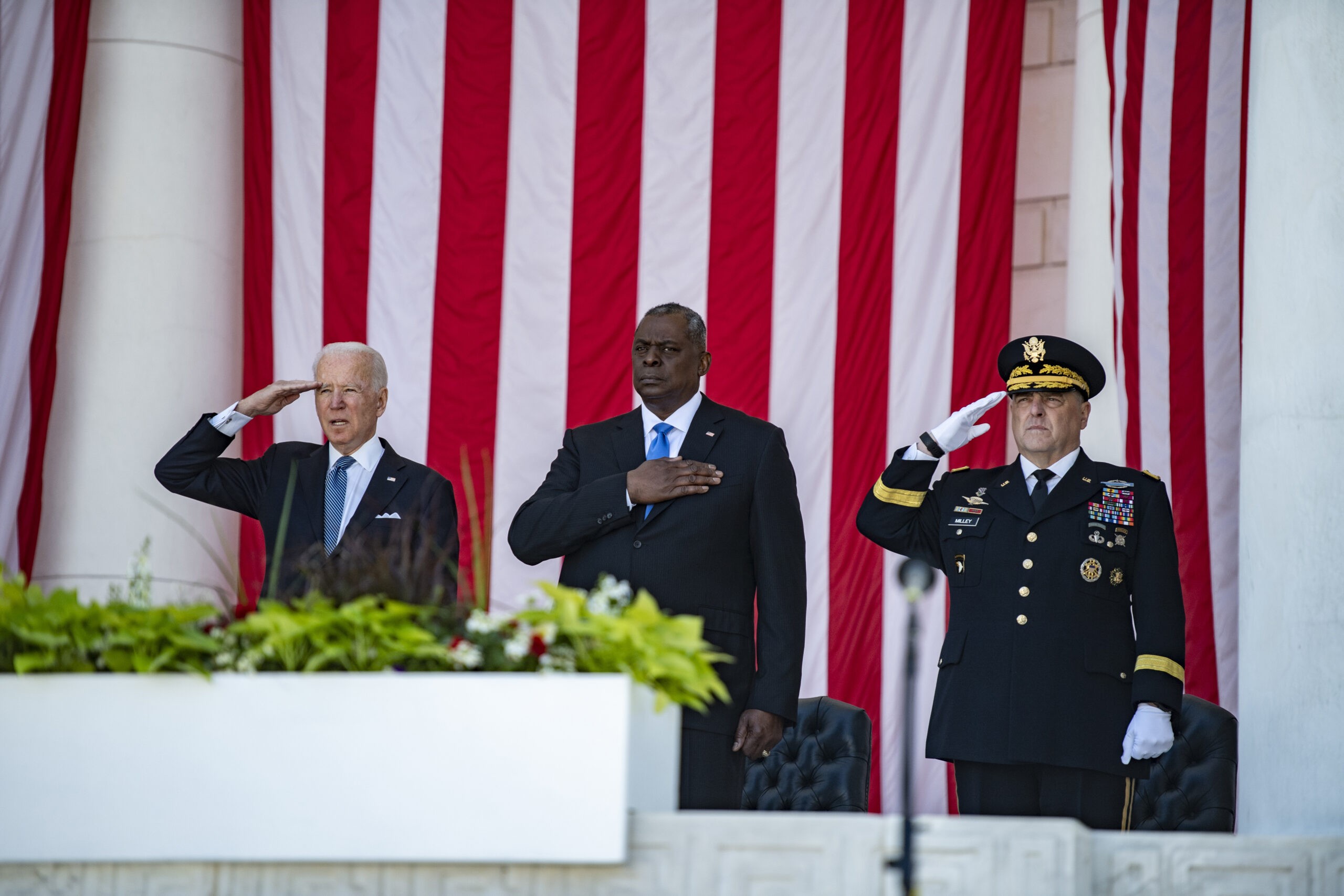
by Syeda Tahreem Bukhari 16 Janaury 2024
The great power competition in the 21st century is defined by much jostling over alliances. The US National Security Strategy framed the Great Power Competition based on political systems. The primary strategic challenge identified involves authoritarian powers, particularly Russia and China; the document underscores the immediate threat posed by Russia’s actions in Ukraine and China’s intent to reshape the international order. Furthermore, it also defined the competitors as opponents to whom the US has to compete with its allies and partners. The US National Security Strategy 2022 has pitched democracies against autocracies. Additionally, it underscores the scrutiny directed toward states exhibiting a decline in democratic values.
The US National Security Strategy classifies its major allies and partners in this great power competition to counter China’s growing influence in the Asia-Pacific. The document underscores the need for the US to deepen its alliance and closest partnership with regional states to keep the Asia-Pacific free and accessible. In this regard, the US has extended its military bases in the Philippines. The document also notified the strengthening of alliances such as QUAD and AUKUS to play a critical role in addressing the challenges in countering China in Asia-Pacific. In this context, the US authorizes nuclear-powered submarines sold to Australia under the AUKUS pact. The NSS also encouraged closer interconnections between ideologically aligned Indo-Pacific and European countries. G7 forum also recognized as a significant platform in this regard. The document acknowledged India as “World’s largest democracy” and “Major Defense partner” of the US, with whom it will collaborate bilaterally and multilaterally, to support shared vision of free and open Indo-Pacific.
The collaboration between the United States and India spans over various domains, including space cooperation with initiatives such as the ICET and joint efforts in human spaceflight. The partnership also focuses on technology sharing and co-development, encompassing semiconductor innovation, telecommunications, and digital inclusion efforts. Quantum technology, artificial intelligence, and cutting-edge scientific infrastructure are key areas of collaboration, with commitments to responsible AI and joint research. The two nations strengthen their Major Defense Partnership, enhancing military ties, engaging in dialogues on new domains like space and AI, and adopting a Defense Industrial Cooperation Roadmap. India secured a deal with the US for GE F-414 jet engine manufacture in India, and its role as a hub for US Navy asset maintenance under Master Ship Repair Agreement. The reliance of the US on India is evident under the agreements between the two countries on cutting-edge technologies that was restricted to its allies sharing the common values and objectives. While, as far as the strategic partner India is concerned neither the values nor the objectives aligned with the US. India has not given any guarantee to the US to fight its war in Asia-Pacific. Furthermore, being a strategic partner their defense and trade relations strengthened with the adversaries whom the US has to compete despite of sanctions imposed. It brings into question the reliability of those state actors who benefitted under the strategic partnership with the US to boost their capabilities in countering the competitors.
Furthermore, the dispensation granted by the United States to its strategic partner; India in light of the prevalent humanitarian crisis within the country, it has expanded its network of repression abroad. Furthermore, the notable absence of India from the US State Department’s roster delineating ‘Countries of Particular Concern’ engenders significant inquiries regarding the integrity, transparency, and impartiality inherent in the comprehensive evaluative procedure.
The US National Security Strategy draws a distinction between the democracies and autocracies in the Great Power Competition that shapes the international system. However, it divert attention towards another pertinent issue regarding the states who aligned with the principles of the US theoretically but do not implement them practically. The exemptions from the US to these states on declining democratic values has put its stature into question as a sole sponsor of rule based international order.
